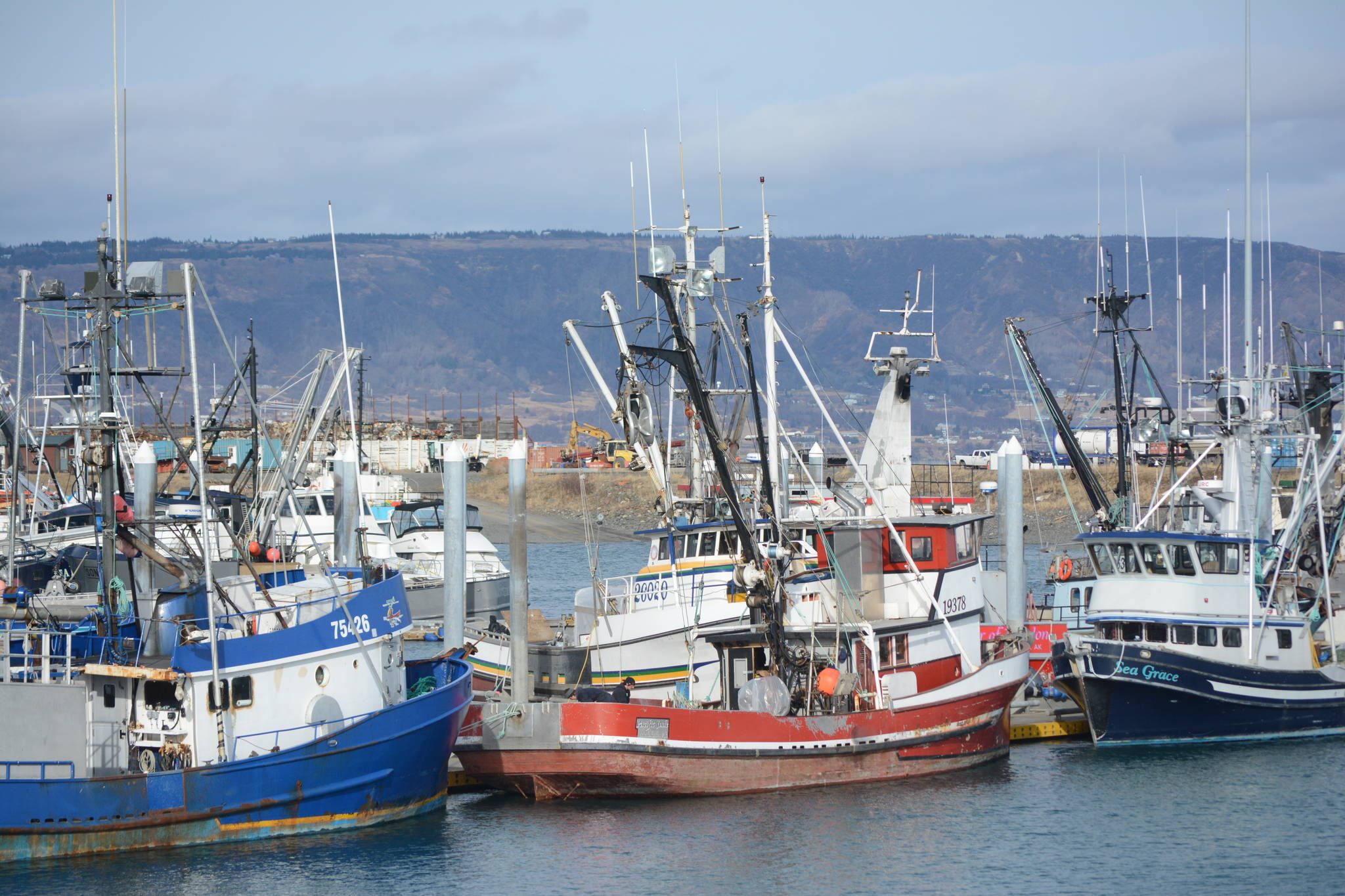The Sitka Sound herring fishery will likely not open again this season, but at least this year it did not involve boats gearing up, traveling to Sitka and spending many thousands of dollars only to sit idle for several weeks and then going home empty handed, as happened last year.
This year the causes are the same: the run is expected to be mostly small fish, and no one wants to buy them.
The Alaska Department of Fish and Game issued a press release last week saying that no local buyers planned to set up shop, according to public radio station KCAW in Sitka.
The news release says that ADF&G contacted “all processors with a known interest” in the sac roe fishery, and they have all indicated that they do not intend to purchase herring, due to market conditions and the forecast run of small fish.
KCAW confirmed with both Silver Bay and Sitka Sound Seafoods that they would not be buying herring this year due to the size and marketability of the available fish.
Icicle Seafoods confirmed with Seawatch that they were also standing down.
In an email, Silver Bay’s Richard Riggs said that the uncertainty with the coronavirus also played a part in his company’s decision to withdraw from the fishery this year. A significant quantity of Sitka herring is re-processed in China before going to Japan.
And processing fish is an expensive endeavor. Bill Grant at Sitka Sound Seafoods says the costs of relocating tenders to Sitka, setting up freezers, and flying up employees, all while being uncertain about whether the fleet would find fish that meet with market demands, weighed into the processor’s decision to not purchase herring this spring.
Chip Treinena, permit-holder for the fishery and president of the Southeast Herring Conservation Alliance, said that there were just too many issues.
“We were not able to come to a decision as seiners ourselves but the processors looked at the market conditions and all of the circumstances that are surrounding us in this case,” he told KCAW. “We have an added problem of the coronavirus at this point and of course the trade issues with China and the tariffs situation, so a whole lot of things that were stacked against us.”
Marketable size for Sitka Sound herring is around 110 grams, but the forecast for this season was mostly for 3- to 4-year-old fish which average closer to 92 grams.
A major part of the problem is not only the smaller fish, but also changing tastes in Japan, the main buyer for the roe.
The ex-vessel price paid for the roe has gone from a high of around $2,000 per ton in Sitka and $1,000 per ton in Togiak 20 years ago, down to around $100-$200 per ton, depending on the area and roe percentage in the fish.
That price drop has been anticipated for quite some time, but so far the buyers have neglected to diversify into value-added and food markets.
It is too early to know whether Togiak will fish.
There will likely be plenty of fish to catch, however. The state nearly doubled the Sitka Sound quota from last year, to 25,842 tons.
Togiak herring is also up dramatically, from 26,930 tons last season to 41,665 tons this season.
The move to double the Sitka Sound quota was frustrating to the Sitka Tribe, which is suing the state, saying the commercial fishery does not allow “reasonable opportunity” for subsistence users to harvest the roe.
The tribe also says that the number of spawning days has decreased from historic levels, and the hemlock branches that are put into the water for the herring to spawn on are coming back with many bare branches.
The suit has been in the works since 2018 and is expected to go to trial in July.
Even though the processors and seiners are sitting this one out, Fish and Game will still be on the job. They will conduct aerial surveys, map spawn and keep an eye on herring activity. Fish and Game’s research vessel Kestrel will arrive in Sitka in mid-March. If conditions change, and they still could, the state could announce an opening for the fishery if anyone wants to fish it.
Cristy Fry can be reached at realist468@gmail.com



